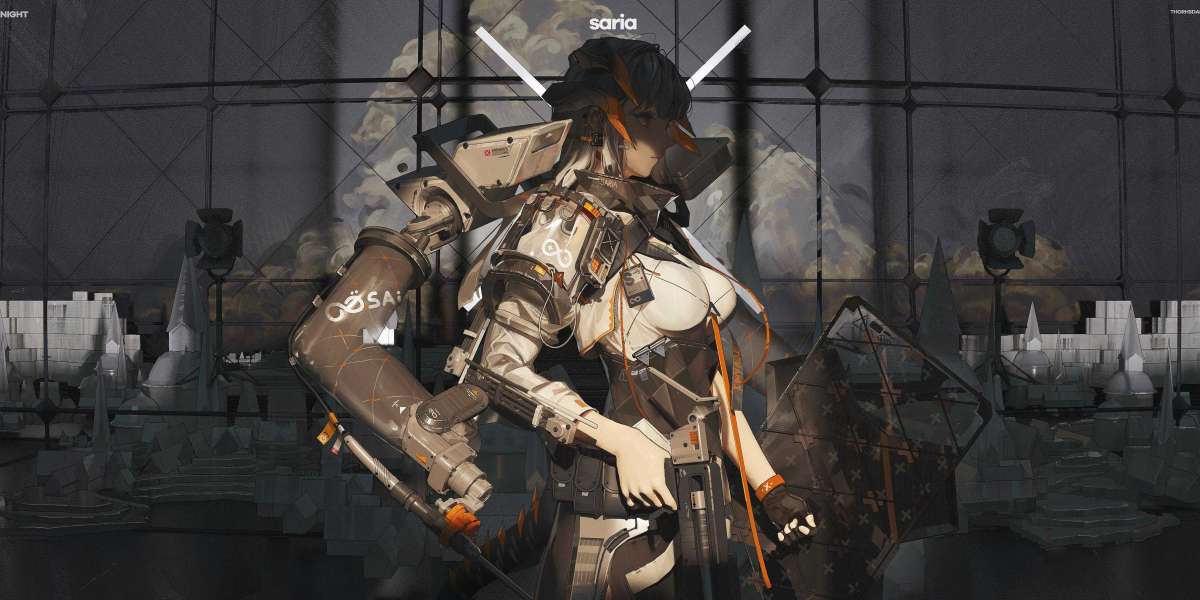Introduction:
In 1960, the world held its breath in an era heavily marked by the Cold War standoff between the United States and the Soviet Union. May 1960 witnessed a significant event that intensified the already mounting tensions between these superpowers - the U-2 incident. This incident not only tested diplomatic relations but also revealed the lengths to which nations would go to gather intelligence during the height of the Cold War.
Description:
On May 1, 1960, an American Central Intelligence Agency (CIA) U-2 spy plane, piloted by Francis Gary Powers, took off from a secret airbase in Peshawar, Pakistan. The mission objective was to collect crucial aerial intelligence by conducting high-altitude reconnaissance over the Soviet Union. Equipped with state-of-the-art surveillance technology, the U-2 plane flew at altitudes above 70,000 feet, which was considered beyond the reach of Soviet anti-aircraft defenses.
As the U-2 plane soared through the skies, silently capturing images of military installations, roads, and other strategic targets over Soviet territory, tensions escalated on the ground. Unbeknownst to the Americans, the Soviet Union detected the U-2 aircraft on their radar systems. Determined to intercept and bring down the intruder, the Soviet Union deployed a series of surface-to-air missiles.
On May 1, while traveling through Soviet airspace near Sverdlovsk, the U-2 plane was unexpectedly hit by a surface-to-air missile. The aircraft disintegrated, and Powers was forced to eject himself from the cockpit using his specialized escape seat. Safely parachuting down, he was soon captured by the Soviet military. The U-2 incident had taken an unexpected turn, shifting from a covert intelligence-gathering mission to an international incident with severe implications.
The capture of Powers and the remnants of the U-2 plane infuriated the United States government. They adamantly persisted that the aircraft had strayed off course accidentally due to system malfunctions, denying any intentions of espionage. However, the evidence uncovered by the Soviets contradicted the American claims, and this incident exposed the secret U.S. aerial reconnaissance program to the world.
Consequently, the U-2 incident had profound consequences on international relations. The Soviets presented evidence of the wreckage and the captured American pilot to support their accusation of espionage, damaging the trust between the two nations. The incident marked a turning point in U.S.-Soviet relations during the Cold War, triggering an escalation of tensions that persisted for years. The U-2 incident also played a significant role in undermining the Paris Summit, where leaders had gathered to discuss important matters relating to nuclear disarmament.
In conclusion, the U-2 incident of May 1960 illustrated the inherent risks and perils involved in gathering intelligence during the Cold War era. This event not only heightened the tensions between the United States and the Soviet Union but also showcased the lengths nations were willing to go to gain strategic advantages. The reverberations of the incident would have a lasting impact on diplomatic relations, shaping the course of the Cold War for years to come.








